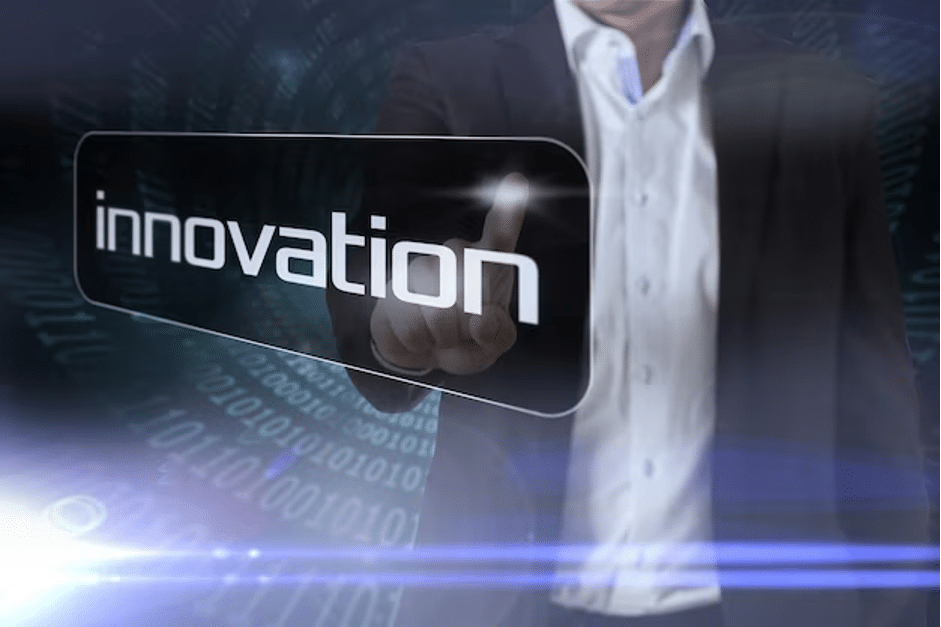The concept of civic engagement, once defined by traditional activities such as voting and attending town hall meetings, has dramatically evolved in response to social, political, and technological shifts. From the emergence of civic tech to the rise of social media activism, the scope of civic participation has broadened. This post offers an in-depth exploration of these emergent trends, providing detailed case studies that illustrate their real-world application and influence.
Civic Tech: Transforming Citizen-Government Interaction
Civic technology, a term that denotes the use of technology to enhance the relationship between citizens and government, has emerged as a significant trend. It’s being leveraged to improve service delivery, increase transparency, and foster greater community involvement.
In-depth Case Study: Boston’s 311 App
Boston, a city known for its blend of historical charm and innovative spirit, has adopted civic tech in a bid to enhance citizen-government communication. Through the BOS:311 app, Bostonians can report non-emergency issues ranging from potholes to noise disturbances.
Since its launch, the app has not only increased the efficiency of service delivery but also cultivated a stronger sense of community involvement. Citizens see their reported issues being addressed, reinforcing the notion that their input matters. The app’s success underlines the transformative potential of technology when applied to enhance civic engagement.
Participatory Budgeting: Citizens at the Heart of Decision-making
Participatory budgeting, a process that involves ordinary citizens in deciding how to allocate part of a public budget, has seen a remarkable rise in recent years. By allowing citizens to propose, debate, and select projects, participatory budgeting empowers communities and nurtures a sense of shared responsibility.
In-depth Case Study: Participatory Budgeting in Paris
Paris, known worldwide for its rich history and culture, has also made its mark in civic engagement through participatory budgeting. Since 2014, Paris has allocated 5% of its capital budget to projects proposed and voted on by its citizens.
The sheer scale of this initiative – the 2019 round involved over 100,000 Parisians and a budget of over €100 million – sets a noteworthy precedent for other cities. More importantly, it exemplifies how the principle of democratic participation can be creatively applied to foster widespread civic engagement.
Social Media Activism: Harnessing Digital Platforms for Change
The advent of social media has led to its pervasive use as a tool for activism. Platforms like Twitter and Facebook offer spaces for people to express their views, mobilize support, and even effect policy change.

In-depth Case Study: Black Lives Matter Movement
The Black Lives Matter (BLM) movement, originating in the U.S. but rapidly spreading globally, serves as a potent example of social media’s impact on civic engagement. The hashtag #BlackLivesMatter emerged as a rallying cry for individuals protesting racial injustice and inequality, quickly gaining traction worldwide.
The BLM movement demonstrates how social media can amplify voices that might otherwise remain unheard, mobilizing millions in the fight for equality. It underscores how digital platforms, when harnessed effectively, can catalyze profound social change.
Climate Change Activism: Spurring Action Through Civic Mobilization
Climate change activism has become a significant form of civic engagement, particularly among the youth. This movement leverages protests, lobbying, and digital activism to advocate for environmental conservation and policy change.

In-depth Case Study: Fridays for Future Movement
The Fridays for Future movement, launched by Swedish activist Greta Thunberg, exemplifies this trend. The initiative, which encourages students to skip school on Fridays to demand government action on climate change, has rapidly spread across the globe.
This movement not only highlights the urgency of the climate crisis but also empowers young people to raise their voices. By connecting youth worldwide in a common cause, Fridays for Future underscores the power of collective civic action.
Co-Creation in Public Services: Collaborative Innovation in Action
The trend of co-creation in public services involves citizens in the design and delivery of public services. By including citizens in the process, governments ensure that these services accurately reflect public needs and expectations.

In-depth Case Study: Helsinki’s Co-creation Model
In Helsinki, Finland’s capital, a co-creation approach to public services has been embraced. The city regularly conducts co-creation workshops, involving citizens in the design of services ranging from health to local area development plans.
This initiative, beyond improving public services, fosters a sense of community ownership and responsibility. It exemplifies a more inclusive model of governance, one where citizens are active contributors rather than mere recipients of public services.
The trends and examples explored above indicate a shift towards a more inclusive, engaged form of democracy, where technology and innovative practices play crucial roles in amplifying citizens’ voices. As we move forward, it’s essential to continue monitoring these trends, understanding their impacts, and considering how they might further shape the landscape of civic engagement.
Conclusion
The dynamics of civic engagement are undergoing a profound transformation driven by a confluence of technological innovation, emerging democratic practices, and changing societal expectations. The modern landscape of civic engagement is no longer confined to traditional modes of participation; it now spans digital platforms, participatory budgeting, social activism, environmental advocacy, and co-creation of public services.
The examples highlighted from Boston’s 311 App, Paris’s participatory budgeting, the global reach of the Black Lives Matter movement, the climate change activism embodied in the Fridays for Future movement, and Helsinki’s co-creation model, illustrate how these trends are being actualized worldwide.
These trends underscore an evolving understanding of what it means to be an active citizen, one that encompasses not just participation in political processes but also involvement in community development, social activism, and the co-creation of public services. The transition we are witnessing is a shift towards a more inclusive, interactive, and engaged form of democracy where technology, social media, and innovative practices play pivotal roles.
As we navigate into the future, it’s important to explore and understand these trends further. Their evolution will undeniably influence how civic engagement is fostered and how public decisions are made, shaping the essence of democracy itself. By staying engaged and informed, we can ensure that these trends ultimately serve to empower citizens, improve public services, and strengthen our democratic institutions.
Thank you for joining us on this exploration of the latest trends in civic engagement. We invite you to engage in this ongoing conversation by sharing your thoughts, experiences, or ideas in the comments below. After all, the essence of civic engagement lies in ongoing dialogues, mutual learning, and collective action.

